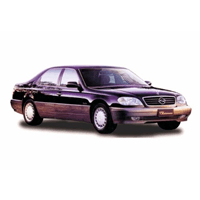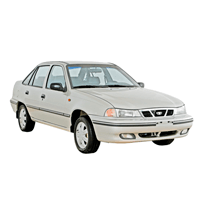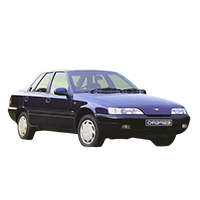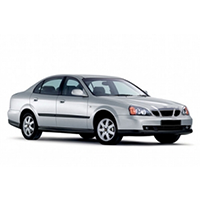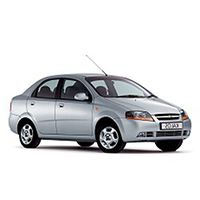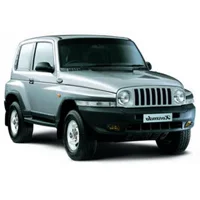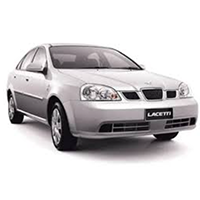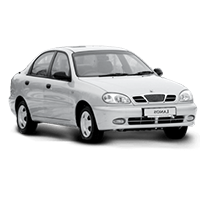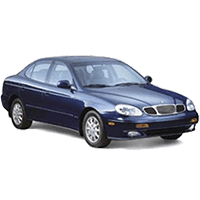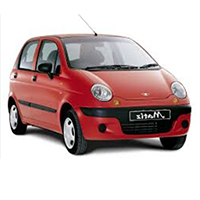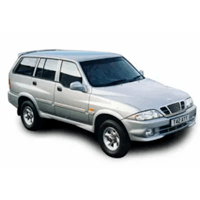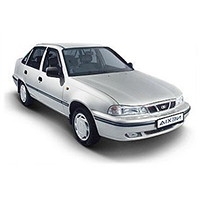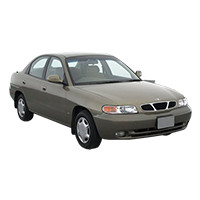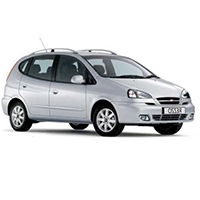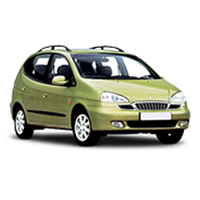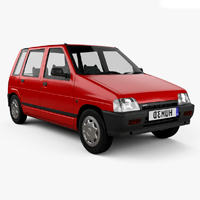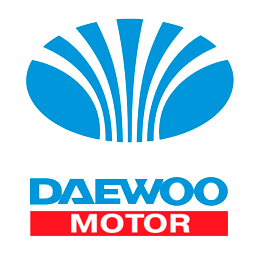
Catalog / Daewoo
Daewoo Motors: A Brief but Impactful Journey in Automotive History
Daewoo Motors, a significant player in the Korean automotive industry during the late 20th century, left an indelible mark on the global car market despite its relatively short lifespan. Founded as part of the larger Daewoo Group in 1967, the company's journey from a local manufacturer to an international brand is a tale of ambition, innovation, and ultimately, economic challenges.
The history of Daewoo Motors is intertwined with South Korea's rapid industrial development. Initially established as a joint venture with Toyota, the company began by assembling knock-down kits of Toyota vehicles for the Korean market. However, Daewoo's ambitions soon led it to develop its own models and expand globally.
Key milestones in Daewoo's history include:
- 1967: Establishment of Daewoo Motors as part of the Daewoo Group
- 1972: Launch of the first Daewoo-badged car, based on the Opel Kadett
- 1978: Introduction of the Royale series, Daewoo's first proprietary model
- 1986: Acquisition of Saehan Motor, formerly owned by General Motors
- 1992: Daewoo Motor Co. becomes an independent entity within the Daewoo Group
- 1995: Launch of the Lanos, Nubira, and Leganza models, marking Daewoo's global expansion
- 1998: Asian financial crisis severely impacts Daewoo Group
- 2001: General Motors acquires major assets of Daewoo Motors
- 2002: GM Daewoo Auto & Technology (GM DAT) is established
- 2011: GM DAT is renamed GM Korea Company, effectively ending the Daewoo brand
During its peak in the 1990s, Daewoo Motors was known for producing affordable, reliable vehicles that appealed to budget-conscious consumers worldwide. The company's most notable models included:
- Daewoo Lanos: A compact car that gained popularity in many international markets
- Daewoo Nubira: A family sedan that offered good value for money
- Daewoo Leganza: The brand's attempt at entering the mid-size luxury segment
- Daewoo Matiz: A small city car that continued to be produced under different brands long after Daewoo's dissolution
Daewoo's approach to car manufacturing was characterized by its emphasis on affordability without compromising on features. The company invested heavily in research and development, aiming to compete with established global brands. This ambition led to rapid expansion into numerous international markets, including Eastern Europe, Western Europe, and the United States.
However, the Asian financial crisis of 1997-1998 hit the Daewoo Group hard. The conglomerate's aggressive expansion strategy, funded largely by debt, became unsustainable in the face of economic downturn. By 1999, Daewoo Group was facing severe financial difficulties, leading to its bankruptcy and dismantling in 2000.
In the aftermath, General Motors saw an opportunity in Daewoo Motors' assets and technology. In 2001, GM acquired major portions of Daewoo Motors, leading to the creation of GM Daewoo Auto & Technology (GM DAT). This move allowed GM to gain a stronger foothold in the Asian market while also acquiring Daewoo's engineering and manufacturing capabilities.
Although the Daewoo brand ceased to exist in most markets by the early 2010s, its legacy lives on. Many of the vehicles developed by Daewoo continued to be produced and sold under other GM brands, such as Chevrolet, particularly in emerging markets. The Daewoo Matiz, for instance, evolved into the Chevrolet Spark, becoming a popular choice in the mini car segment globally.
Today, while Daewoo-branded vehicles are no longer in production, the company's impact on the automotive industry remains significant. Daewoo played a crucial role in establishing South Korea as a major player in the global automotive market, paving the way for the success of other Korean brands. The company's focus on affordable, feature-rich vehicles also influenced the strategies of many automakers in emerging markets.
The story of Daewoo Motors serves as both a cautionary tale of rapid expansion and a testament to Korean engineering and manufacturing prowess. While the brand itself may have disappeared, its influence on the automotive landscape, particularly in the realm of affordable mobility, continues to be felt to this day.

